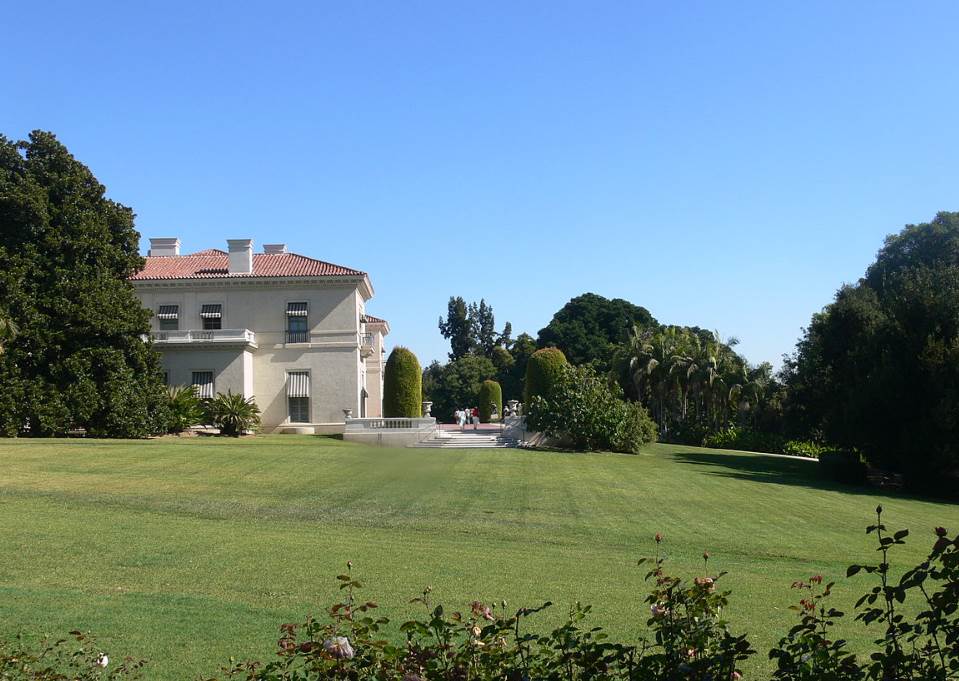One of the greatest British portrait painters in history preferred to paint landscapes. He despised the upper-class people who sat before him but needed to do his job to support his family.
We can only imagine that he didn’t have the same feeling when painting this fascinating artwork of the Rococo era. It depicts a young boy wearing a remarkable costume.
In this article, you’ll discover some of the most interesting facts about The Blue Boy by Thomas Gainsborough (1727-1788), one of the English artist’s most celebrated paintings for several reasons.
1. It was painted while the artist was living in Bath
It took a lot of time before Thomas Gainsborough, a renowned English artist of the Rococo era, started gaining recognition during his career. He moved several times and mainly worked as a portrait painter to support his family.
Despite attracting a local upscale clientele in his native Suffolk, Ipswitch, and Bath, he found the most enjoyment from painting landscapes.
The artist moved to Ipswitch in 1752, a place where his career didn’t take off the way he wanted. This changed when he settled at the Circus in Bath, Somerset.
He set up his studio here, submitted works to the Royal Academy of which he was a founding member, and eventually moved to London in 1774.
He painted his most famous work, “The Blue Boy,” around 1770, a time when he already achieved a significant level of success.

2. The true identity of the boy remains a mystery today
This blue painting is considered to be his most famous work, mainly because of the extensive media attention it has received throughout its history (more about this later).
This makes it all the more surprising that we don’t know for sure who the boy in the painting is.
For multiple entries, the boy was believed to be Jonathan Buttall (1752–1805), the son of a rich hardware merchant. That’s because he was one of the first owners of the painting. He had to sell it in 1796 because he filed for bankruptcy.
Recent art historians have suggested that the boy is Gainsborough Dupont (1754-1797), the artist’s nephew and a pupil in his studio.
This young man was the son of Gainsborough’s sister Sarah and continued to work for him until the artist’s death in 1788. He was also the only employee ever hired by the artist which is quite remarkable.
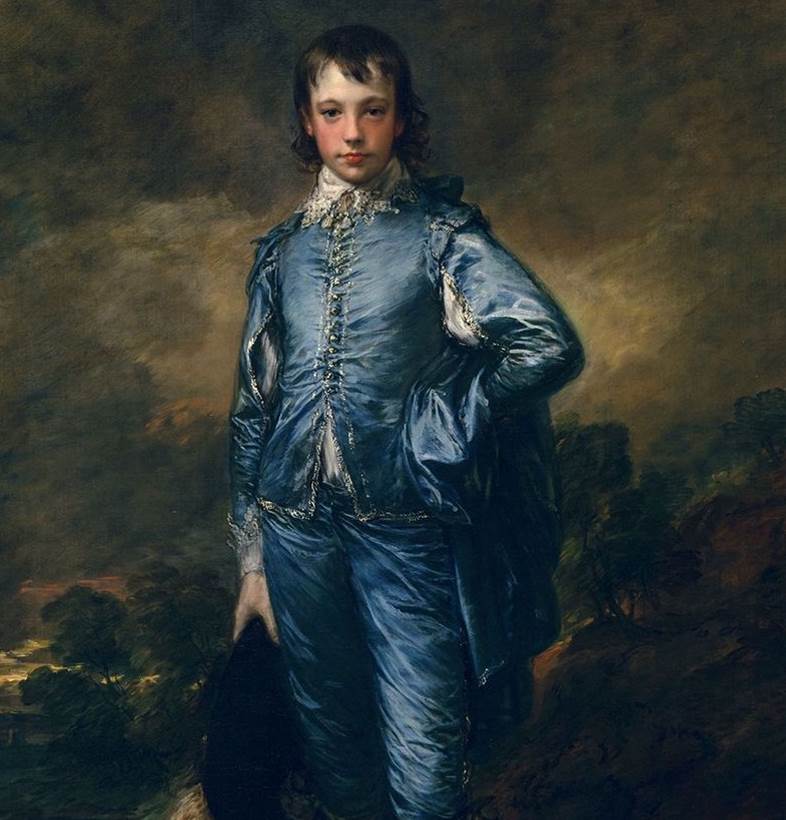
3. Gainsborough was probably inspired by a painting of one of his idols
If the depicted is Gainsborough Dupont then it’s fair to conclude that the painting can be classified as a costume study.
The reason is that the fascinating clothes worn by The Blue Boy aren’t contemporary 18th-century clothes but actually from the 17th century.
Gainsborough was probably inspired by a painting produced by one of the artists he admired the most, Flemish artist Sir Anthony van Dyck (1599-1641). He worked as an English court painter over a century earlier and mainly produced portraits.
A painting that closely resembles the pose of the boy and outfit is the double portrait of the brothers George Villiers, 2nd Duke of Buckingham (1628-1687), and Lord Francis Villiers (1629-1648).
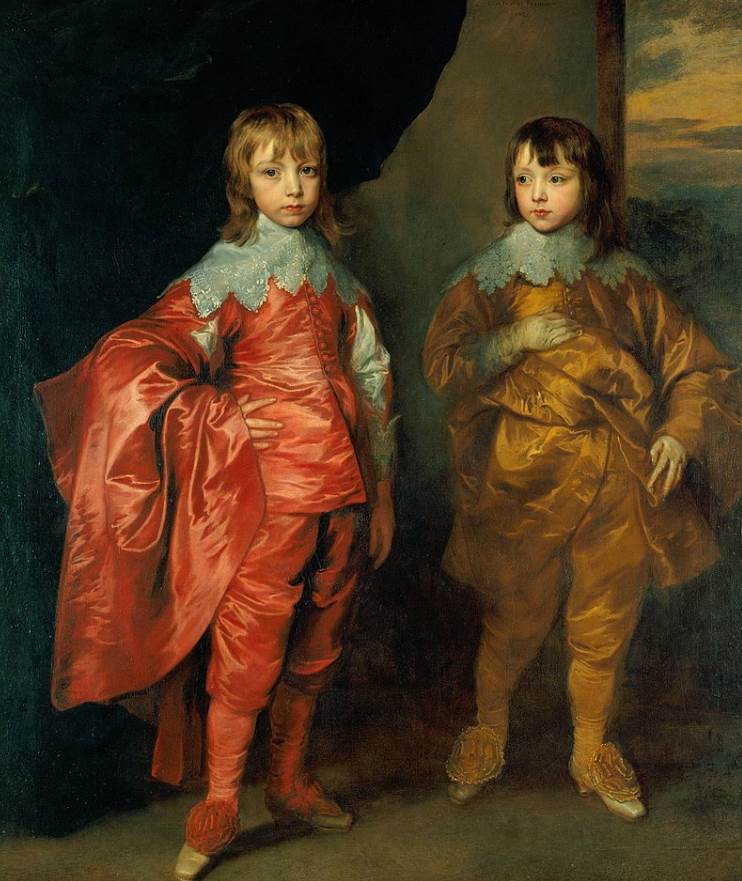
4. The painting became world-famous because of an exaggerated story
Thomas Gainsborough became one of the founding members of the Royal Academy in London in 1768, but he never got along with his rival Sir Joshua Reynolds (1723-1792).
The latter was knighted in 1769 but Gainsborough never got the recognition he deserved during his lifetime, at least not compared to Reynolds.
This dispute became one of the main reasons why the painting gained attention in the 19th century. Printmaker John Young (1755–1825) reproduced the work and mentioned that Gainsborough painted the work as a reply to one of his rival’s lectures about the use of blue and grey in art.
Reynolds once mentioned that:
It ought, in my opinion, to be indispensably observed, that the masses of light in a picture be always of a warm, mellow color, yellow, red, or a yellowish-white, and that the blue, the grey, or the green colors be kept almost entirely out of these masses, and be used only to support or set off these warm colors; and for this purpose, a small proportion of cold color will be sufficient.
This was a false claim because Reynolds only gave this lecture 8 years after The Blue Boy by Thomas Gainsborough was completed. It was enough, however, to draw a lot of attention to the work.
5. Gainsborough’s masterpiece traveled around quite a bit during the 19th century
The painting switched hands several times after Jonathan Buttall was forced to sell it in 1796. It eventually entered the collection of Robert Grosvenor, 1st Marquess of Westminster (1767-1845) in the year 1809.
The Grosvenor family was pivotal in the success of the painting because they allowed it to be admired in their London Residence, as well as in various exhibitions throughout the 19th century.
The painting was on display at the following events:
- Art Treasures Exhibition in Manchester in 1857.
- Great London Exposition in 1862.
- South Kensington Museum in 1870.
- The Royal Academy in 1896.
Just about every art enthusiast in the UK had seen this remarkable work of art by the turn of the century. By then, it was already referred to as “Gainsborough’s most famous picture.”
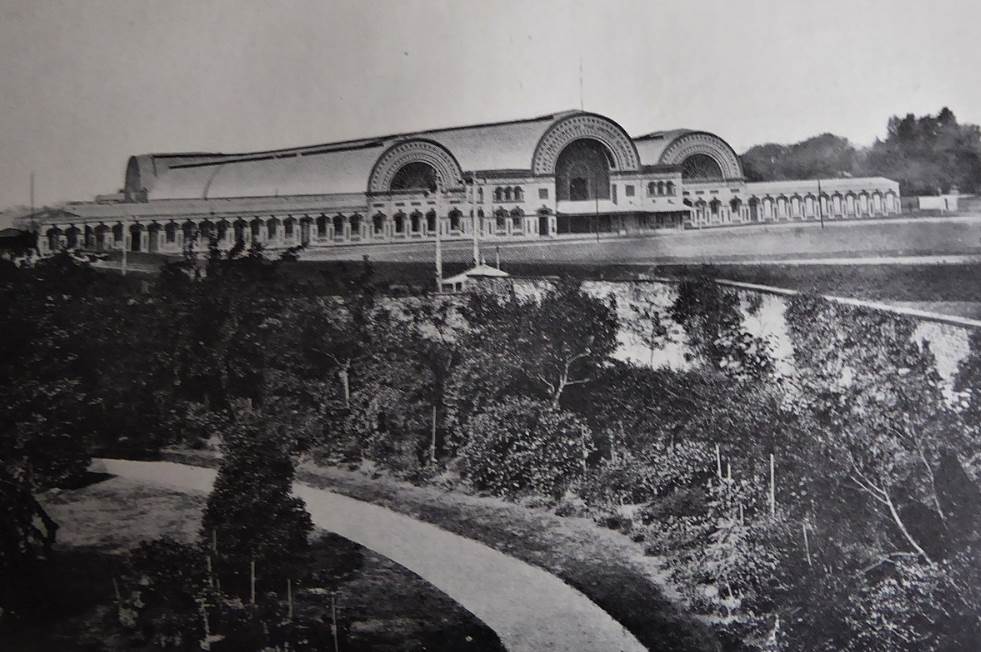
6. The work has been featured in numerous forms of media
The remarkable costume worn by the Blue Boy and the exquisite manner he was depicted has captivated countless people throughout the century.
The boy has been featured in magazines, television shows, and even movies in both the 20th and 21st centuries.
One of the most remarkable appearances of the costume was in Tarantino’s blockbuster “Django Unchained” (2012). The main character, played by Jamie Foxx, wears a replica of this 17th-century costume.
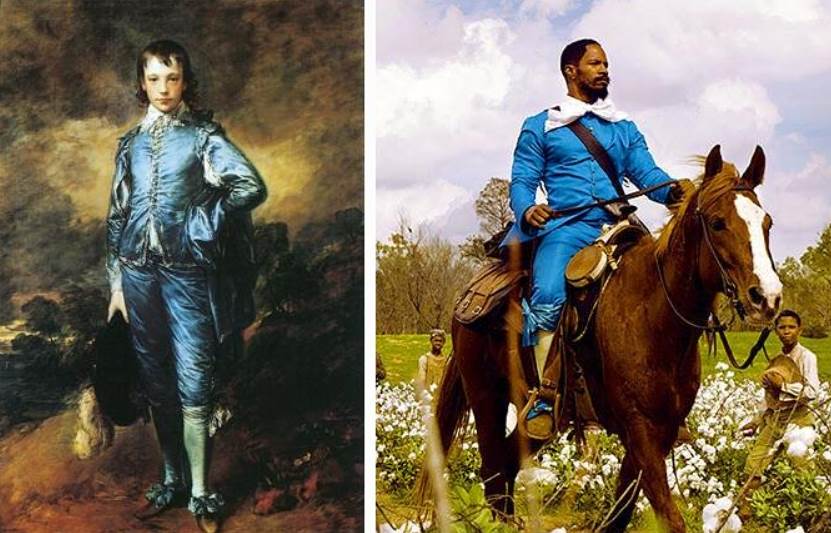
7. How big is The Blue Boy by Thomas Gainsborough?
The Blue Boy by Thomas Gainsborough is about life-size, a nation that adds another dimension to this fascinating work of art.
The oil on canvas painting has dimensions of 177.8 × 112.1 centimeters (70 × 44.1 inches).
8. Where is the painting located today?
The painting remained in the possession of the Grosvenor family until Hugh Grosvenor, 2nd Duke of Westminster (179-1953) decided to sell it in 1921.
It was purchased by the California railroad magnate Henry Edward Huntington (1850–1927) that same year. It has been on display at the National Gallery in London just before it left for California and more recently in 2022.
The painting remains, however, part of the collection of The Huntington in San Marino, California.
